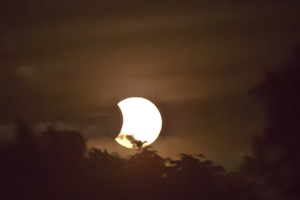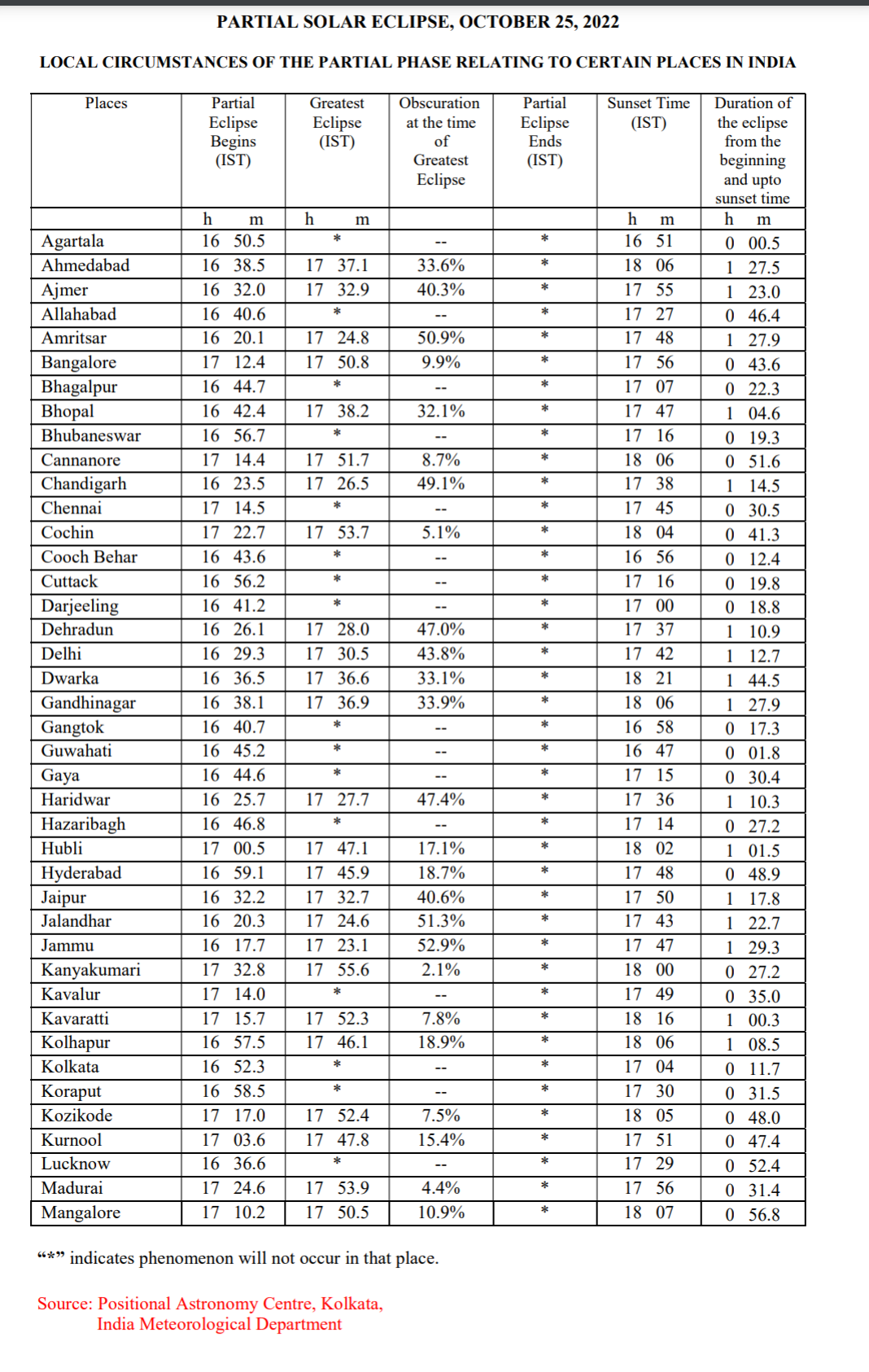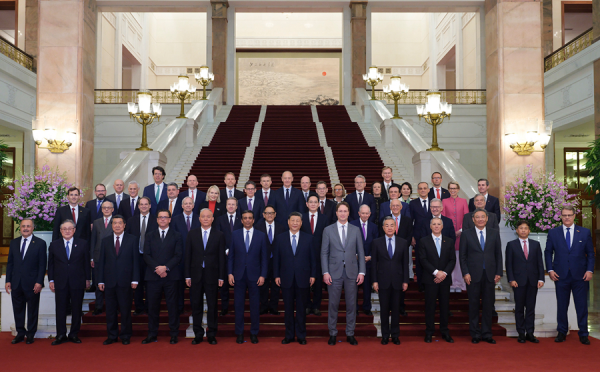
Kolkata: A partial eclipse of the Sun will occur on October 25, 2022 (3 Kartika, 1944 Saka Era), on the day after Diwali. In India, the eclipse will begin before sunset in the afternoon and will be seen from most places. However, the same cannot be seen from Andaman & Nicobar Islands and some parts of north-east India such as Aizawl, Dibrugarh, Imphal, Itanagar, Kohima, Sibsagar, Silchar, Tamelong etc.), the Positional Astronomy Centre of India Meteorological Department stated here today.
Its ending will not be visible from India as the same will be in progress after sunset.
The obscuration of the Sun by the Moon will be approximately between 40 and 50 per cent at the time of the maximum eclipse in north-western parts of the country. In other parts of the country, the percentage coverage will be less than the above values.
In Delhi and Mumbai, the percentage coverage of the Sun by the Moon at the time of the greatest eclipse will be around 44 per cent and 24 per cent respectively. The duration of the eclipse from the beginning up to sunset time will be 1 hour 13 minutes and 1 hour 19 minutes for both Delhi and Mumbai respectively. In Chennai and Kolkata, its duration from the beginning up to sunset time will be 31 minutes and 12 minutes respectively.
The eclipse is visible in the region covering Europe, the Middle East, north-eastern parts of Africa, western Asia, the North Atlantic Ocean and the North Indian Ocean.
The next eclipse that will be visible from India is a total lunar eclipse which will occur on November 8, 2022, Tuesday. It will be visible from all places in India at the time of the Moonrise.
The next solar eclipse will be visible from India on August 2, 2027. It will be a total solar eclipse. From all parts of the country, it will be seen as a partial solar eclipse.
A solar eclipse occurs on a new moon day when the Moon comes in between the Earth and the Sun and when all three objects are aligned. A partial solar eclipse will occur when the lunar disk covers the solar disk partially.
Eclipsed Sun should not be viewed with the naked eye, even for a very short time. It will cause permanent damage to the eyes leading to blindness even when the Moon covers most portion of the Sun. A safe technique to observe it is either by using a proper filter like aluminized Mylar, black polymer, welding glass of shade number 14 or by making a projection of the Sun’s image on a whiteboard by telescope.
The table relating to local circumstances of some places in India is given below for ready reference:


– global bihari bureau





